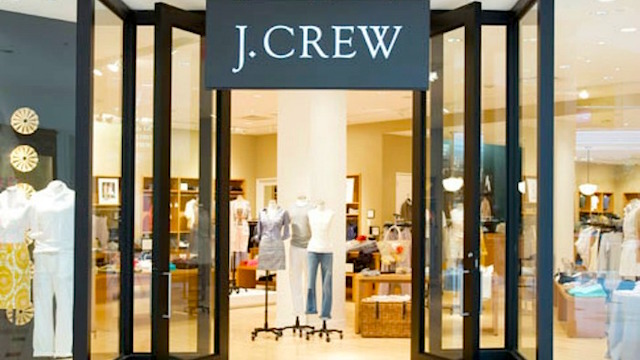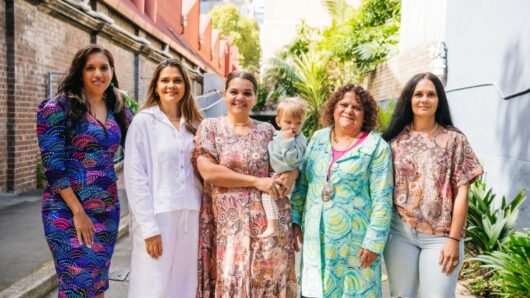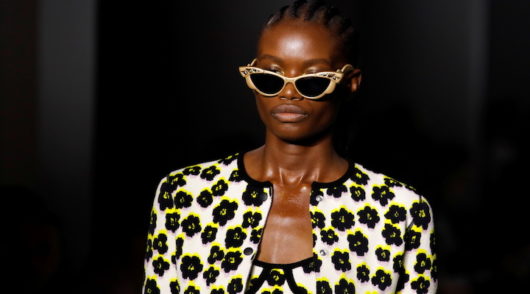In closing what can only be described as a torrid year for the company, J Crew has posted a weak, but improved, set of fourth quarter figures.
Total sales rose by 1 per cent, boosted by strong sales gains of 26 per cent at Madewell. While this compares favorably to the 5.5 per cent decline of last quarter, this is but a small bright spot surrounded by a sea of relatively gloomy numbers.
Total comparable sales fell by 4 per cent off the back of a 3 per cent decline in the prior year. Here the gains made at Madewell were more than wiped out by the continued decline of the core J Crew brand where comparable sales fell by 5 per cent and total sales by 3 per cent.
The company remains firmly in the red with a US$7.03 million loss recorded during the quarter – although, to be fair, this is a marked improvement on the $30.6 million loss recorded last year. Notably, however, losses for the full fiscal year now stand at a staggering $1.2 billion – something that leaves the company, and its balance sheet, in a very weak position.
While there are many reasons to be negative, the results at least bring some respite in as much as they suggest that J Crew is at last starting to stem the tide of decline – especially so given that the shallower falls occurred during a quarter when overall demand was notably weak. Even so, the group still faces a herculean task in turning around its fortunes.
Thanks to changes made by management across the year, many of J Crew’s full line stores are now looking much more disciplined in terms of merchandising and display. However, products are still priced above what many consumers are willing to pay – especially for relatively simple garments that have nice detailing but little else in terms of fashion credentials.
The issue of price is underlined by the fact that while J Crew’s mainstream stores suffer, J Crew Factory stores are fairly popular with more shoppers willing to buy its products at a reduced price. This isn’t the position that the company would like to be in, but it is one that reflects the fact that there is much more work to do in terms of refining the brand image and the product offer so that it can attract the premium J Crew wants to charge.
That people are unwilling to pay full price means that discounting at mainstream stores and via the mainstream website is also frequent. While this is a necessary evil to clear down inventory, J Crew is building a reputation as a retailer from which customers should never buy at full price – something that is hampering its ability to rebuild its brand and price integrity.
In our view, what J Crew needs is a fresh take – and this is something it is hoping will be delivered by the spring collection, the first designed by its creative director Somsack Sikhmounmuong. Even if this is a hit it will be just the first of many steps that J Crew needs to take to rebuild itself into a successful lifestyle brand.
The market is more competitive and crowded than ever and J Crew needs to do much more to stand out.
- Neil Saunders, CEO of Conlumino.






